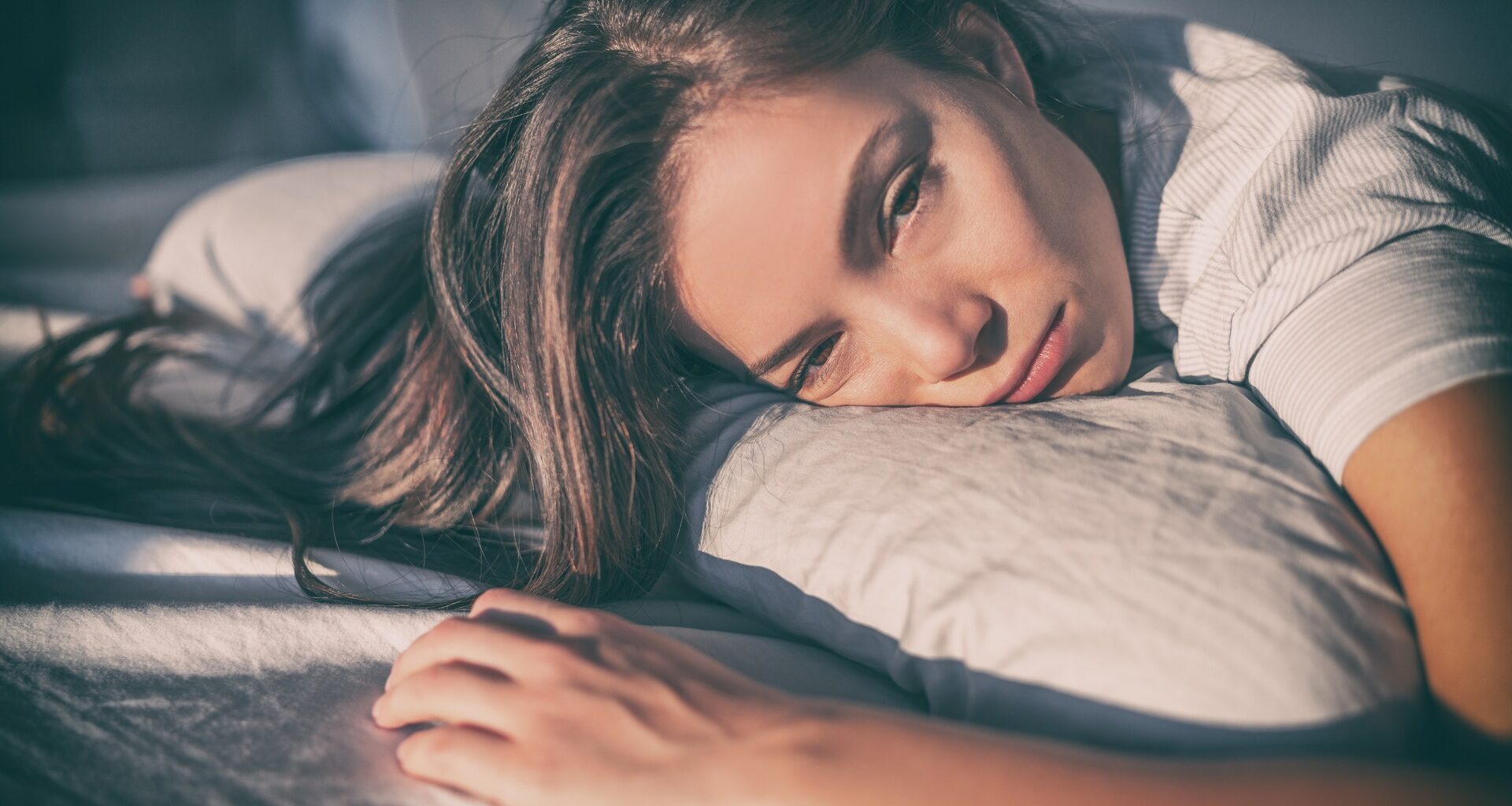Seasonal Affective Disorder (SAD) affects millions worldwide, yet the term “seasonal depression” is often used loosely, masking the severity of this clinically recognised condition.
We’ve all been there: the days are getting shorter, it’s dark much earlier, and the air turns colder. Every November, Google searches for “seasonal depression” spike as people try to understand what their bodies are going through, seeking answers and remedies.
Emilie Senez, a clinical psychologist at Ligue Santé Mentale (League of Mental Health), explains that Seasonal Affective Disorder (SAD) is a clinical form of depression, not just a dip in energy. As she puts it, “it’s not just a little slump, it’s a depression with pretty severe symptoms”.
While many of us experience a temporary drop in mood and energy, sometimes called the seasonal blues, only a small percentage of the population suffers from SAD. According to Senez, “those experiencing seasonal depression will no longer be able to function normally. It will be difficult for them to get up in the morning and do the tasks they have to do.”
SAD brings severe symptoms similar to those of general depressive episodes, but they’re triggered by seasonal changes and reduced daylight, which affects brain chemistry and disrupts our inner clock. Senez explains that this lack of light causes our bodies to release more melatonin than during the longer days in spring and summer, making us feel more tired. At the same time, serotonin levels drop, further deregulating our mood.
She adds that symptoms can include “sadness, loss of interest, hypersomnia, which means sleeping a lot, and extreme fatigue”. Other symptoms are difficulty concentrating and increased appetite, as “the body will demand a lot of carbohydrates to compensate for fatigue”.
Some people are more vulnerable to these changes than others she says, “it can be linked to personal history, family history, and unfortunately, also to being a woman”, referring to research findings that suggest women are more likely to suffer from seasonal depression than men.
Latitude can also play a role: “The further north you live, the darker it inevitably gets”. Luxembourg, for example, ranks 25th on the WellnessPulse Seasonal Depression Index, suggesting that people in the Grand Duchy are more likely to develop seasonal depression, than those in countries like Ukraine or even Poland.
Prevention and treatments
Senez emphasises two main methods that are crucial in supporting those suffering from SAD: cognitive behavioural therapy and light therapy.
Cognitive behavioural therapy focuses on helping individuals develop strategies to reduce the impact of seasonal changes on their wellbeing. Especially for those who are more susceptible to SAD. “It’s about developing thoughts that are a little more functional for the patient”, she explains. Through therapy, patients can build coping tools to navigate the more challenging months, recognising that even in winter, there are activities and treatments that can help.
Light therapy, on the other hand, is a low-cost intervention that has been proven particularly effective in supporting our biological rhythms, which are heavily disrupted by seasonal changes. “The idea is to start it at the beginning of autumn, not to wait until the person has collapsed”, Senez advises.
Sandy Domingues, psychologist at Centre Hospitalier Emile Mayrisch (CHEM), underlines the effectiveness of light therapy. “It’s something you can do preventively, and of course if you’re already suffering from SAD”, adding that: “Light therapy is very practical, it doesn’t cost a lot, you buy the lamp once and you keep it”.
Light therapy devices, even inexpensive ones, can make a real difference. “A regular lamp won’t have the same effect, it’s not just about giving off warm light, it needs to be bright as well”, Domingues explains, noting that an effective lamp should emit around 10.000 lux, the unit used to measure how much light falls on a surface. She also recommends portable lights, that can be carried throughout the home, making it easier to ensure we’re sufficiently exposed.
“You should do it in the morning, between 20 and 30 minutes each day”, explains Domingues, “It tricks your body, by giving it what it’s not getting, which is light”, adding that leaving the light on while carrying on with other tasks can be a good way to gain light exposure with little effort.
Supplements, sports, and social life
Domingues emphasises the importance of staying active during the winter months: “Something I recommend is a lot of movement. We tend to do less during this time of year because there’s less going on, but physical activity can be a real protective factor”.
Senez also highlights the benefits of exercise: “There’s scientific evidence that doing sports for two to three hours a week can reduce the risk of depression by 20 to 30%”. She adds that it doesn’t have to be anything too intense: “It can be walking, biking, or simply doing what you’re capable of, but moving is very important”.
When it comes to supplements, Senez notes that studies have not proven vitamin D to necessarily improve the condition of someone who is already depressed, although it can be beneficial in certain cases. Especially when someone is suffering from a deficiency: “If there’s a deficiency, it can certainly worsen depressive symptoms. But for someone who isn’t deficient, taking vitamin D has absolutely no effect”.
Seeking help
Both experts emphasise the importance of seeking help when needed. In Luxembourg, institutions such as the League of Mental Health provide valuable resources for those in distress. If reaching a specialist directly proves difficult, another option is to contact your general practitioner, who can assess your situation and potentially connect you with the appropriate support more quickly. Some schools and workplaces also offer mental health services that may be helpful.
In more severe cases, it’s crucial to go directly to the nearest emergency department. If you are experiencing a depressive episode or having suicidal thoughts, contact SOS Détresse’s hotline immediately at 45 45 45.

